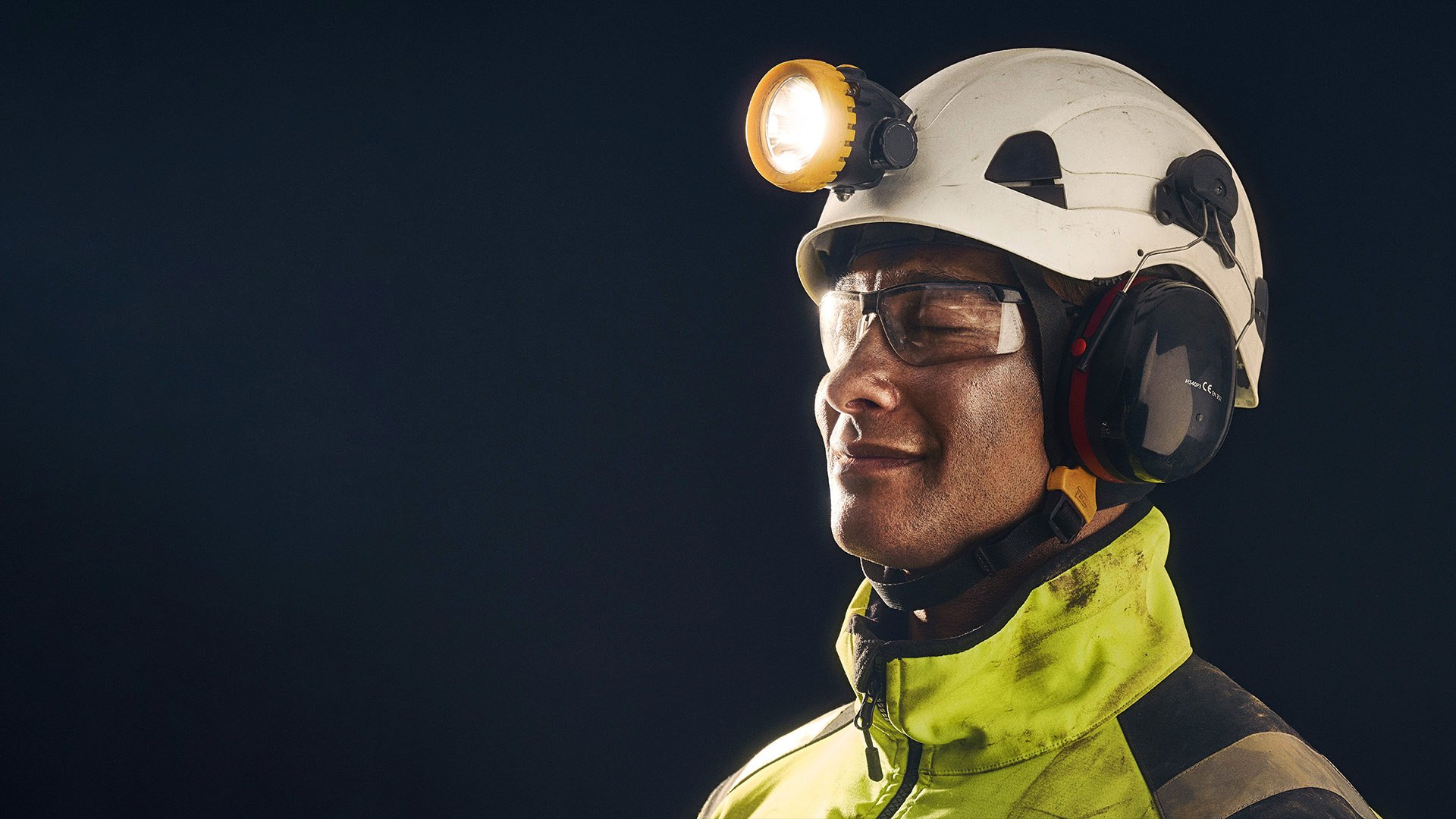The Isolated Cinema
When the global pandemic hit in 2020, the Gothenburg Film Festival was forced to close its theaters for the first time in over 40 years and let the festival go completely digital. So how do you create awareness for yet another digital event when everything else is already digital? Including attracting international attention to the festival and be ranked as one of the top ten in the world?
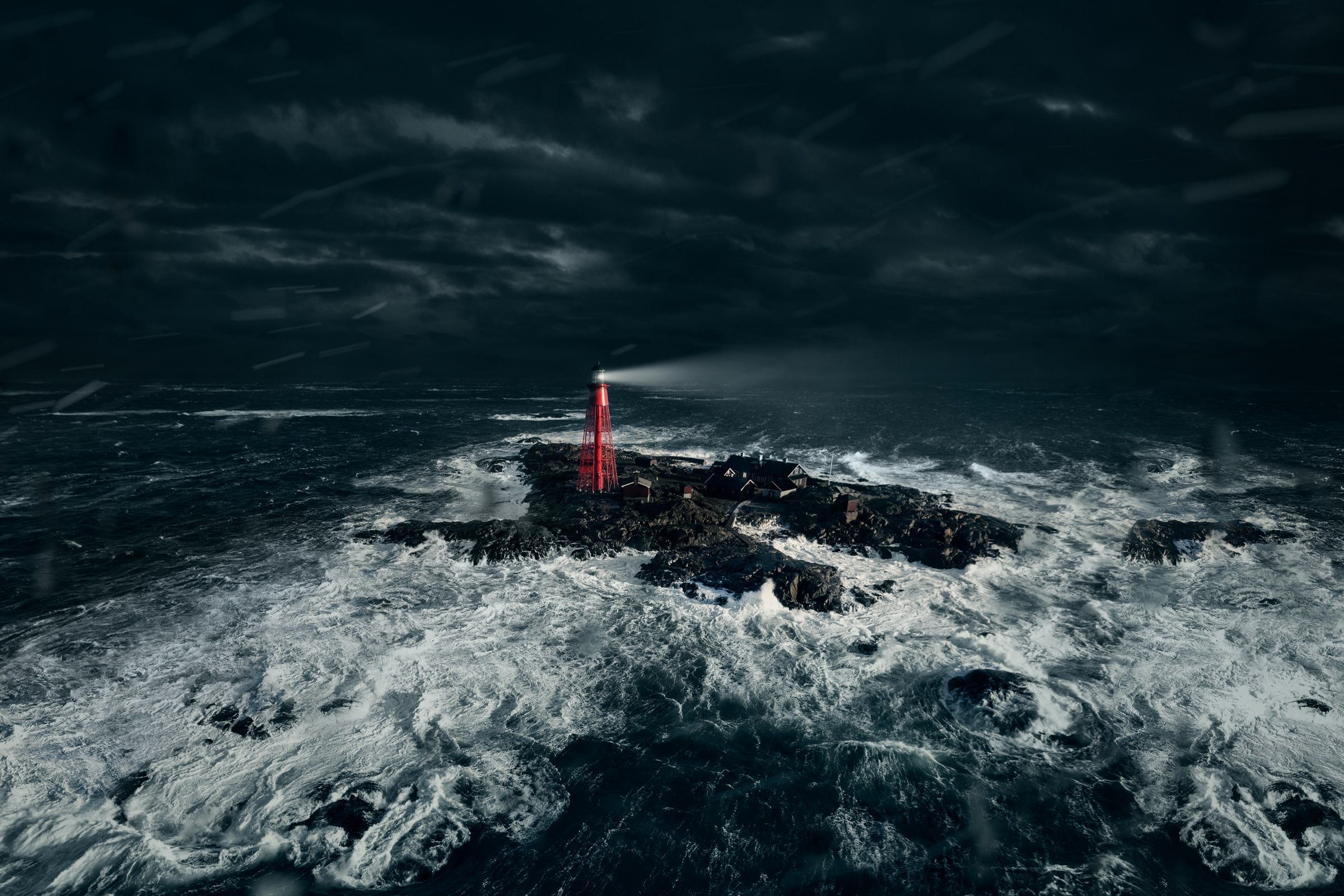
Background
Solution
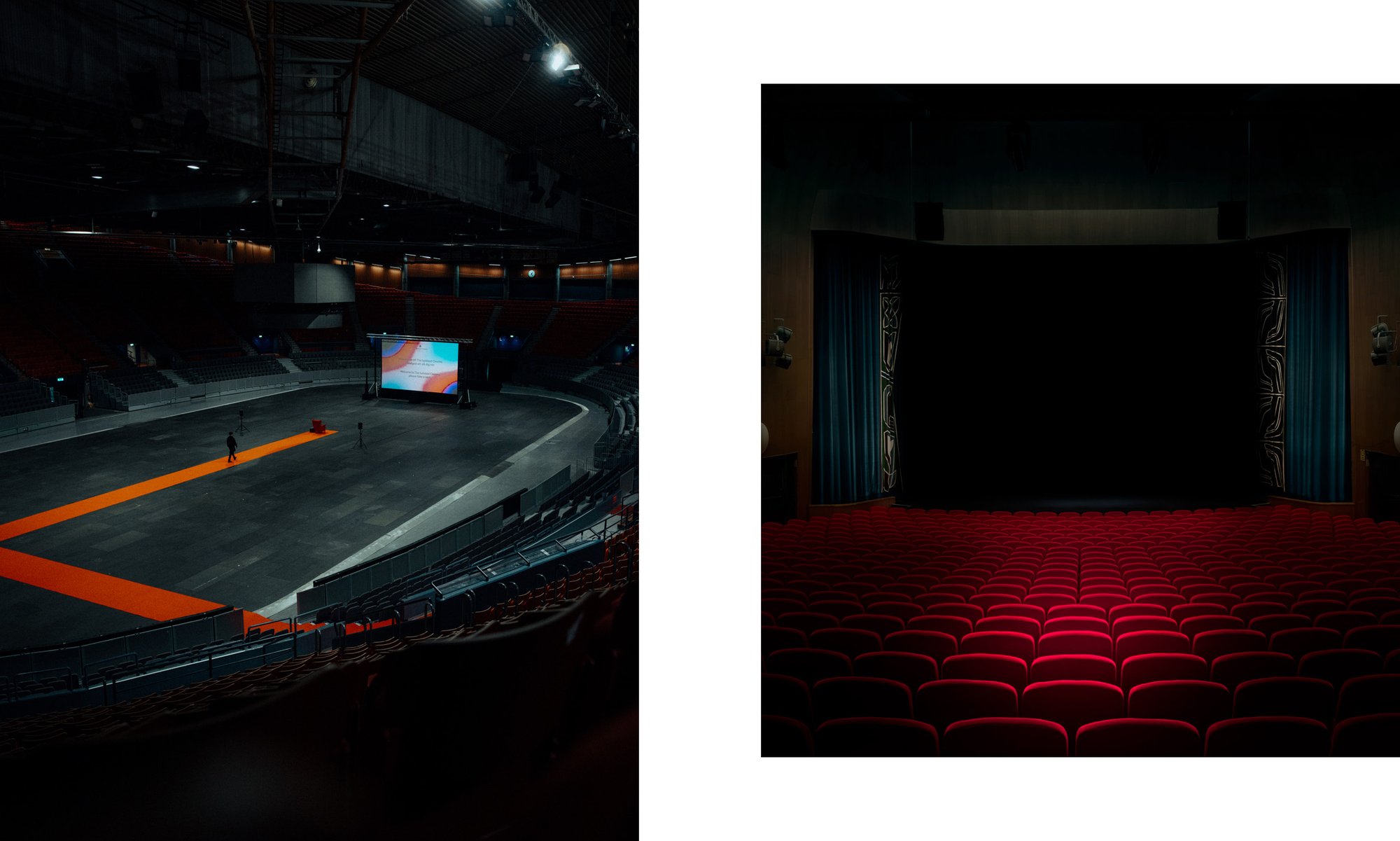
Result
More work
Göteborg Film Festival
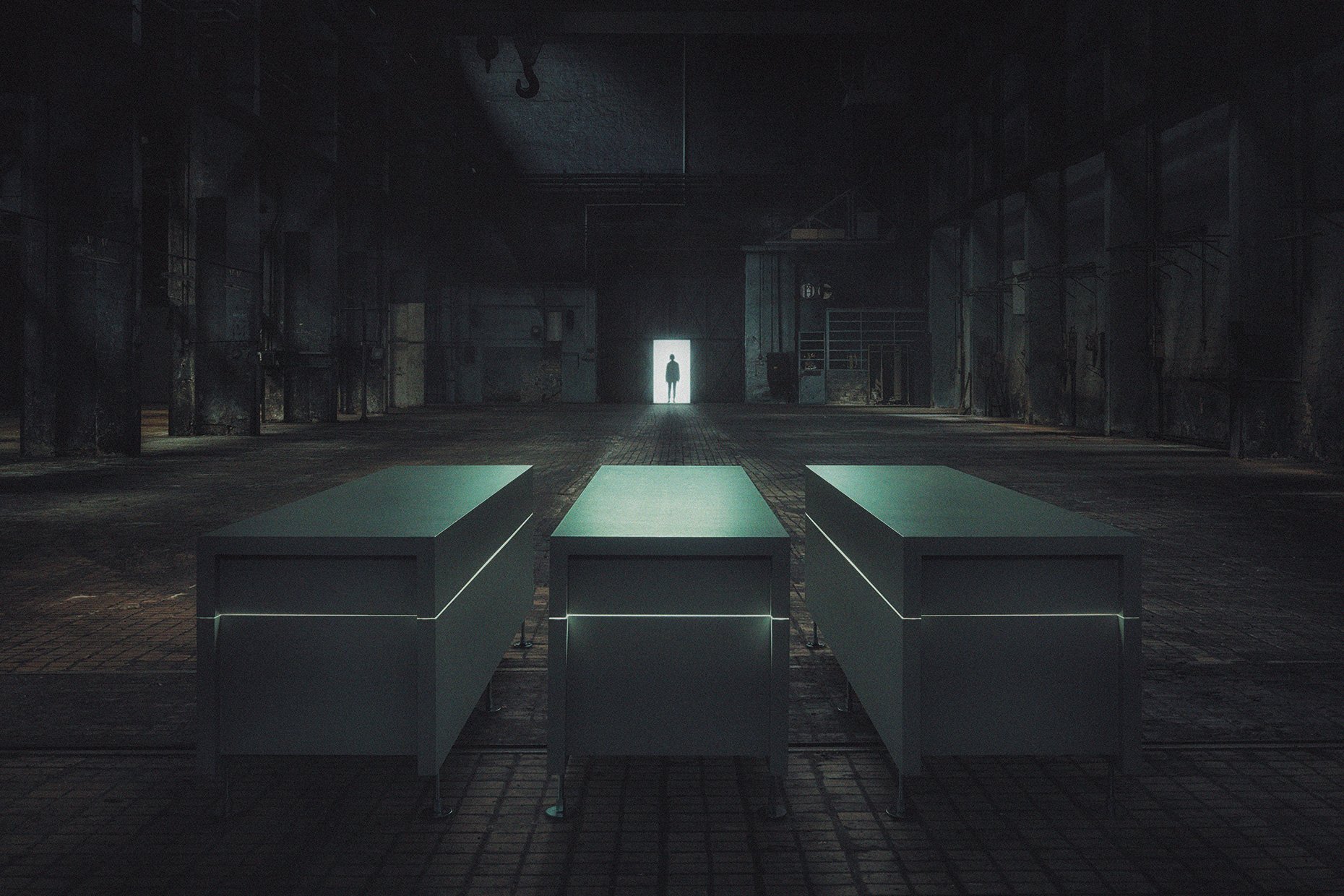

The World’s Most Claustrophobic Cinema
Göteborg Film Festival
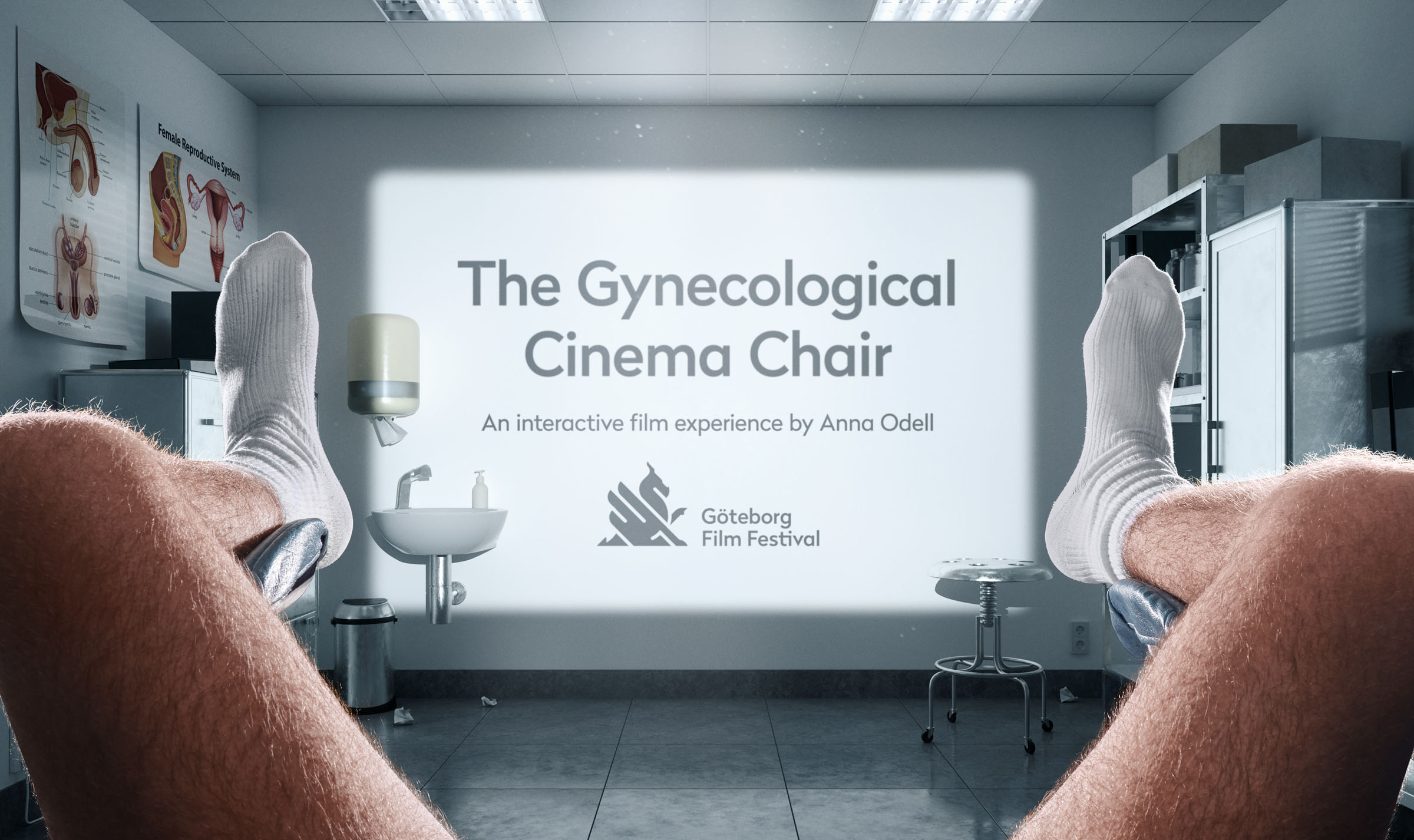

The World's First Gynecological Cinema
Sandvik
